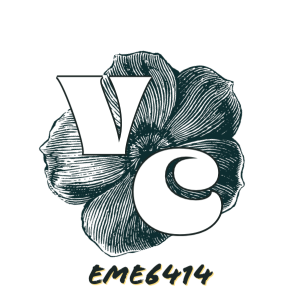We recently discussed collaborative authorship and what that looks like. This topic has been on my mind, as this is a central feature of my produsage activity. It most made me think of a topic I discussed several summers ago as I did my POGIL (pogil.org) training, team vs. group. POGIL activities are about collaborative learning in teams of 3 – 4 students. Among the process skills that we hope to develop using POGIL is teamwork. During the training, they emphasize the difference between teams and groups.
A group can be anything and anyone, anywhere. There can be a group of people walking down the street. There doesn’t need to be any harmony or cooperation between group members for them to be a group. They don’t even need to have the same goals. A team, however, is a group of people with the same goals, working toward a singular purpose. This is further emphasized when we think of the workforce. In job places, they are teams, not groups, for different purposes (i.e., sales team or programming team).
So when creating a collaborative effort, we need to create functional teams. I know it’s all semantics at this point, but I think sometimes words matter. It matters that we tell our students that they are a team working together to create something new and exciting. POGIL is guilty of using the term group quite often in their literature (you’ll find it all over the site), but the spirit of the activities is all about teams. I think it’s high time we change our terms and encourage true collaborative authorship.


Vanessa, you are so talented. You site looks amazing! I agree with the concepts you’ve discussed about collaborative learning. Individualistic learning is contrary to what people do in the work world and it’s a disservice to teach youth this way.
Hi Vanessa,
thanks for making this important distinction between groups and teams. It’s something we should emphasize when introducing collaborative activities in class (and even for training in a professional setting). During EDP5216 last Spring, we reflected on what collaboration and interaction meant when addressing the question of active learning and when we learned about the ICAP model (Interactive, Collaborative, active, and Passive). In that view, I thought learning the distinction between I, C & A was also very important to keep in mind when designing instruction and the subsequent way to evaluate learners.